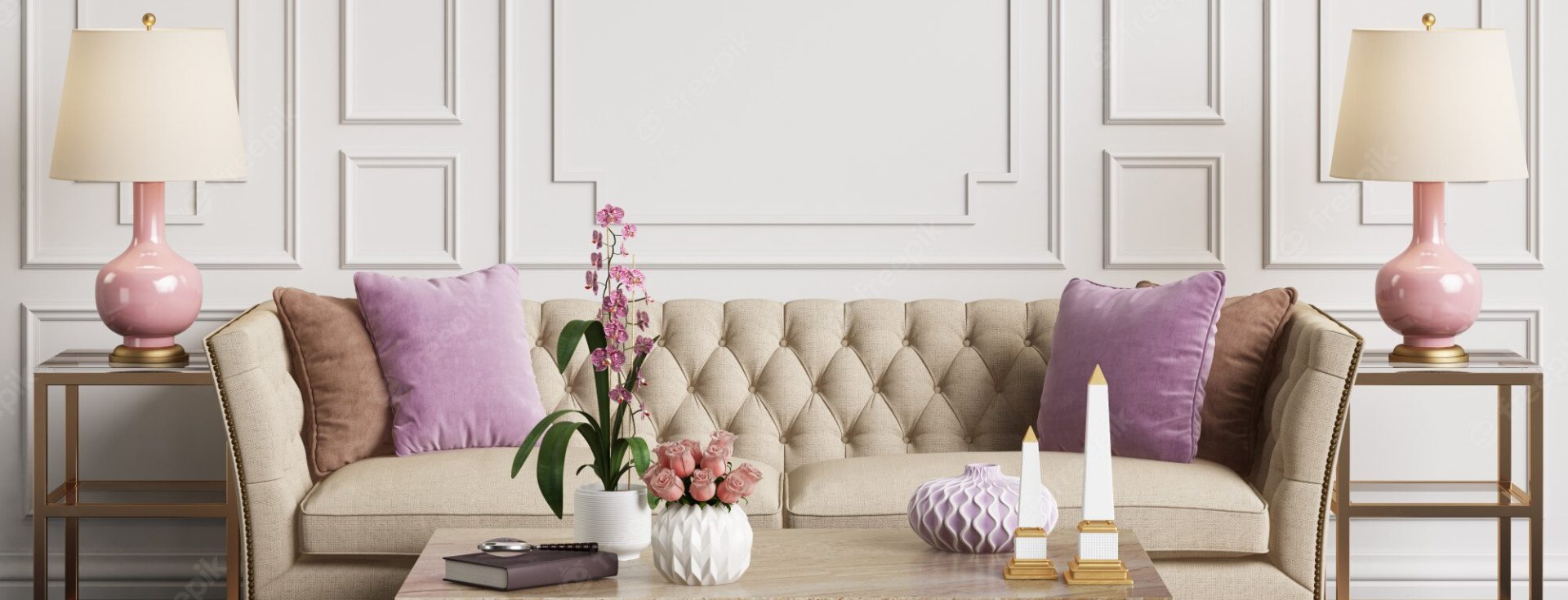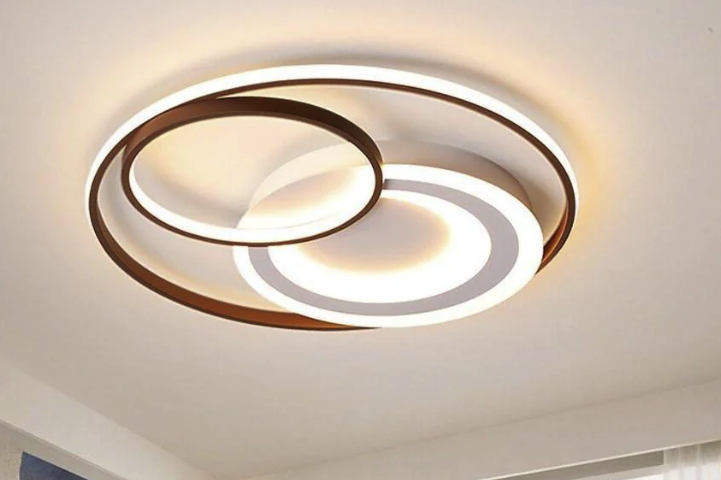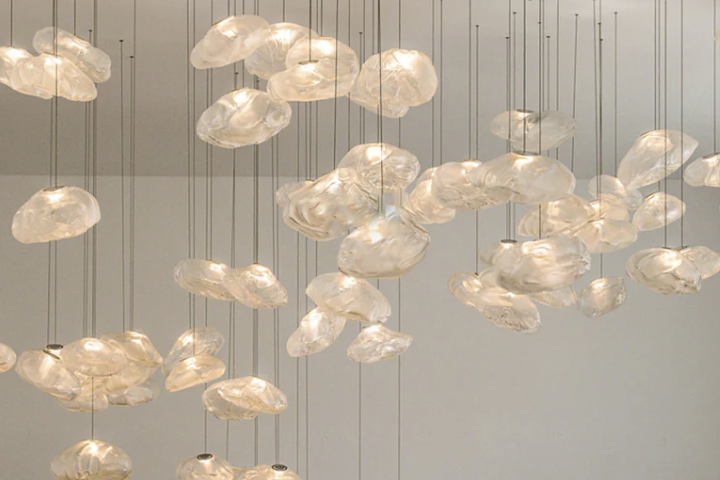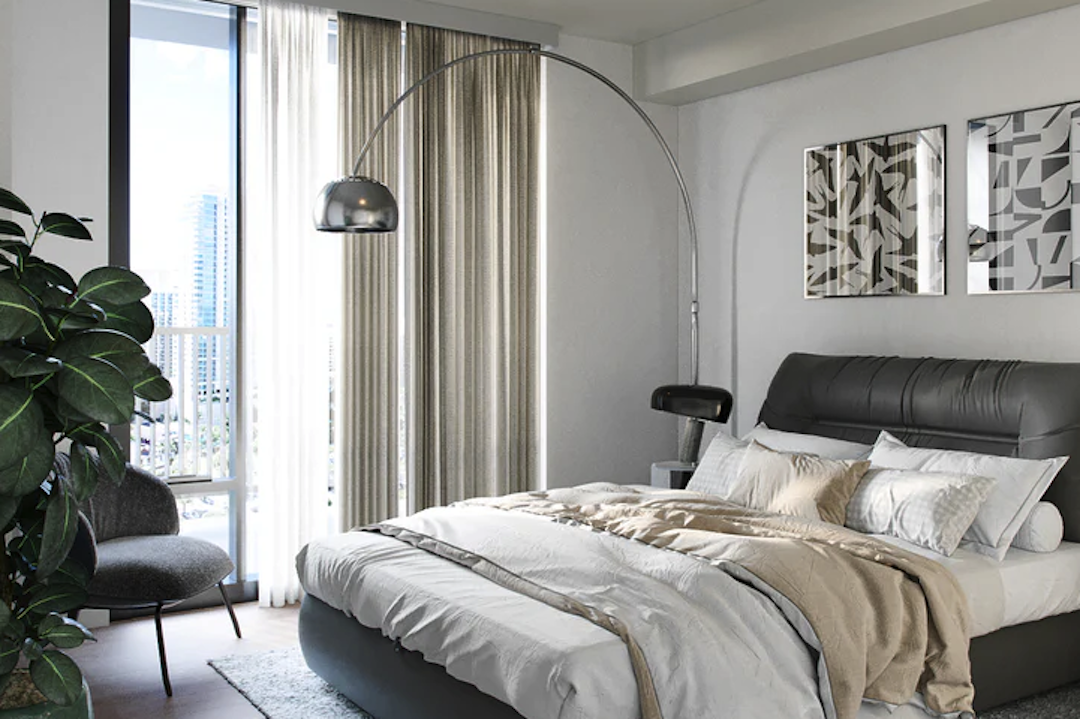When it comes to choosing the right style for your lighting fixture, it’s important to consider the overall aesthetic of the room. Whether you’re going for a modern, minimalist look or a more traditional, ornate feel, there are plenty of options to choose from. For a modern look, consider sleek, geometric shapes and clean lines. Pendant lights with metal or glass shades can add a contemporary touch to any space. On the other hand, if you’re aiming for a more traditional feel, consider chandeliers or sconces with intricate detailing and warm, inviting finishes like brass or bronze. It’s also important to consider the style of the rest of your furniture and decor to ensure that your lighting fixture complements the overall look of the room.
In addition to considering the overall style of the room, it’s also important to think about the specific function of the lighting fixture. For example, if you’re looking for task lighting for a specific area like a kitchen island or a reading nook, you may want to opt for a more focused, directional light. On the other hand, if you’re looking for ambient lighting to create a warm, inviting atmosphere in a living room or dining room, you may want to consider fixtures with softer, diffused light. By considering both the style and function of the lighting fixture, you can ensure that you choose a piece that not only looks great but also serves its intended purpose in the space.yeebu
Selecting the Perfect Size
Selecting the perfect size for your lighting fixture is crucial to achieving the right balance in your space. If you’re choosing a pendant light for over a dining table or kitchen island, it’s important to consider the size and shape of the surface below. A general rule of thumb is to choose a fixture that is about one-third to one-half the width of the surface it’s illuminating. This will ensure that the light is evenly distributed and doesn’t overpower the area. For chandeliers in dining rooms or entryways, it’s important to consider the height of the ceiling. A good rule of thumb is to choose a chandelier that is about 12 inches narrower than the width of the room and at least 7 feet above the floor. This will ensure that the chandelier is proportionate to the space and doesn’t hang too low or too high.
In addition to considering the size of the space and the surface below, it’s also important to think about the scale of the lighting fixture in relation to the rest of the room. A small, delicate pendant light may get lost in a large, open-concept space, while an oversized chandelier may overwhelm a small dining room. By considering both the size of the space and the scale of the fixture, you can ensure that you choose a lighting piece that fits perfectly in your room.
Considering the Functionality
When considering the functionality of your lighting fixture, it’s important to think about how you will be using the space and what type of lighting is needed. For example, if you’re choosing a light for a workspace or kitchen, task lighting that provides focused illumination is essential. This could be in the form of under-cabinet lighting, track lighting, or pendant lights with directional shades. On the other hand, if you’re looking for lighting in a living room or bedroom, ambient lighting that creates a warm and inviting atmosphere is key. This could be achieved through floor lamps, table lamps, or wall sconces with soft, diffused light.
Another important aspect of functionality to consider is dimmability. Having the ability to adjust the brightness of your lighting fixture can make a big difference in setting the mood and creating different atmospheres in your space. Dimmable fixtures are especially important in areas like dining rooms and bedrooms where you may want to have both bright light for tasks and softer light for relaxation. By considering both the type of lighting needed for your space and the ability to adjust brightness, you can ensure that your lighting fixture is not only stylish but also practical.
Incorporating the Right Materials
When it comes to incorporating the right materials into your lighting fixture, there are plenty of options to choose from that can complement your space and add visual interest. For a modern look, consider materials like metal, glass, and concrete. These materials can add a sleek and contemporary touch to any space. Metal finishes like brushed nickel or matte black can add an industrial feel, while glass shades can create a sense of openness and airiness. Concrete fixtures can add an unexpected and edgy element to a modern space.
On the other hand, if you’re going for a more traditional look, consider materials like brass, bronze, and crystal. These materials can add warmth and elegance to any space. Brass and bronze finishes can add a sense of luxury and timelessness, while crystal accents can add sparkle and glamour. By incorporating materials that complement the overall style of your space, you can ensure that your lighting fixture not only looks great but also enhances the aesthetic of the room.
Finding the Ideal Placement
Finding the ideal placement for your lighting fixture is crucial to ensuring that it not only looks great but also functions well in your space. When it comes to pendant lights over a dining table or kitchen island, it’s important to consider both the size and shape of the surface below as well as the height of the ceiling. A good rule of thumb is to hang pendant lights about 30-36 inches above the surface they’re illuminating for optimal task lighting. For chandeliers in dining rooms or entryways, it’s important to consider both the height of the ceiling and the size of the room. A chandelier should be centered over the dining table or in the middle of the room and at least 7 feet above the floor.
In addition to considering height and centering, it’s also important to think about how your lighting fixture will interact with other elements in your space. For example, if you’re placing a floor lamp next to a sofa or chair, make sure it’s positioned at a height that provides adequate light for reading or tasks. If you’re adding wall sconces on either side of a mirror or artwork, ensure that they are evenly spaced and at an appropriate height for optimal illumination. By carefully considering both height and placement, you can ensure that your lighting fixture not only looks great but also functions well in your space.
Adding the Perfect Light Bulb

Adding the perfect light bulb to your lighting fixture is essential to achieving the right ambiance and functionality in your space. When it comes to choosing light bulbs, there are several factors to consider including color temperature, brightness, and energy efficiency. For ambient lighting in living rooms or bedrooms, consider warm white bulbs with a color temperature of around 2700-3000K. These bulbs emit a soft, inviting light that creates a cozy atmosphere. For task lighting in kitchens or workspaces, consider cool white bulbs with a color temperature of around 3500-4100K. These bulbs provide bright, focused light that is ideal for tasks and activities.
In addition to color temperature, it’s also important to consider brightness when choosing light bulbs for your fixtures. For general ambient lighting, aim for bulbs with around 800-1100 lumens, while for task lighting, look for bulbs with around 1100-1600 lumens. Finally, consider energy efficiency when choosing light bulbs. LED bulbs are an excellent choice for their long lifespan and energy-saving benefits. By carefully considering color temperature, brightness, and energy efficiency when choosing light bulbs for your fixtures, you can ensure that your lighting not only looks great but also provides optimal illumination for your space.
Styling with Accessories
Styling your lighting fixtures with accessories can add an extra layer of visual interest and personality to your space. Consider adding decorative elements like lampshades or decorative bulbs to enhance the look of your fixtures. Lampshades come in a variety of shapes, sizes, and materials and can add texture and color to your lighting. Consider adding a patterned or textured shade for an extra pop of visual interest or a colored shade to complement your decor.
Another way to style your lighting fixtures with accessories is by adding decorative bulbs. Decorative bulbs come in various shapes and filament styles and can add an extra touch of vintage charm or modern flair to your fixtures. Consider using Edison bulbs with exposed filaments for an industrial look or globe bulbs for a more contemporary feel.
In addition to lampshades and decorative bulbs, consider adding accessories like dimmer switches or smart bulbs to enhance the functionality of your fixtures. Dimmer switches allow you to adjust the brightness of your fixtures to create different moods and atmospheres in your space. Smart bulbs can be controlled remotely via a smartphone app and offer features like color-changing capabilities and scheduling options.
By styling your lighting fixtures with accessories like lampshades, decorative bulbs, dimmer switches, and smart bulbs, you can add an extra layer of style and functionality to your space while personalizing your lighting to suit your needs and preferences.
In conclusion, choosing the right lighting fixture for your space involves careful consideration of style, size, functionality, materials, placement, light bulbs, and accessories. By taking into account these factors and making informed decisions based on your specific needs and preferences, you can ensure that your lighting not only looks great but also enhances the overall aesthetic and functionality of your space. Whether you’re looking for ambient lighting in a living room or task lighting in a kitchen, there are plenty of options available to suit every style and need. With careful planning and attention to detail, you can find the perfect lighting fixture that complements your space and adds beauty and functionality to your home.





